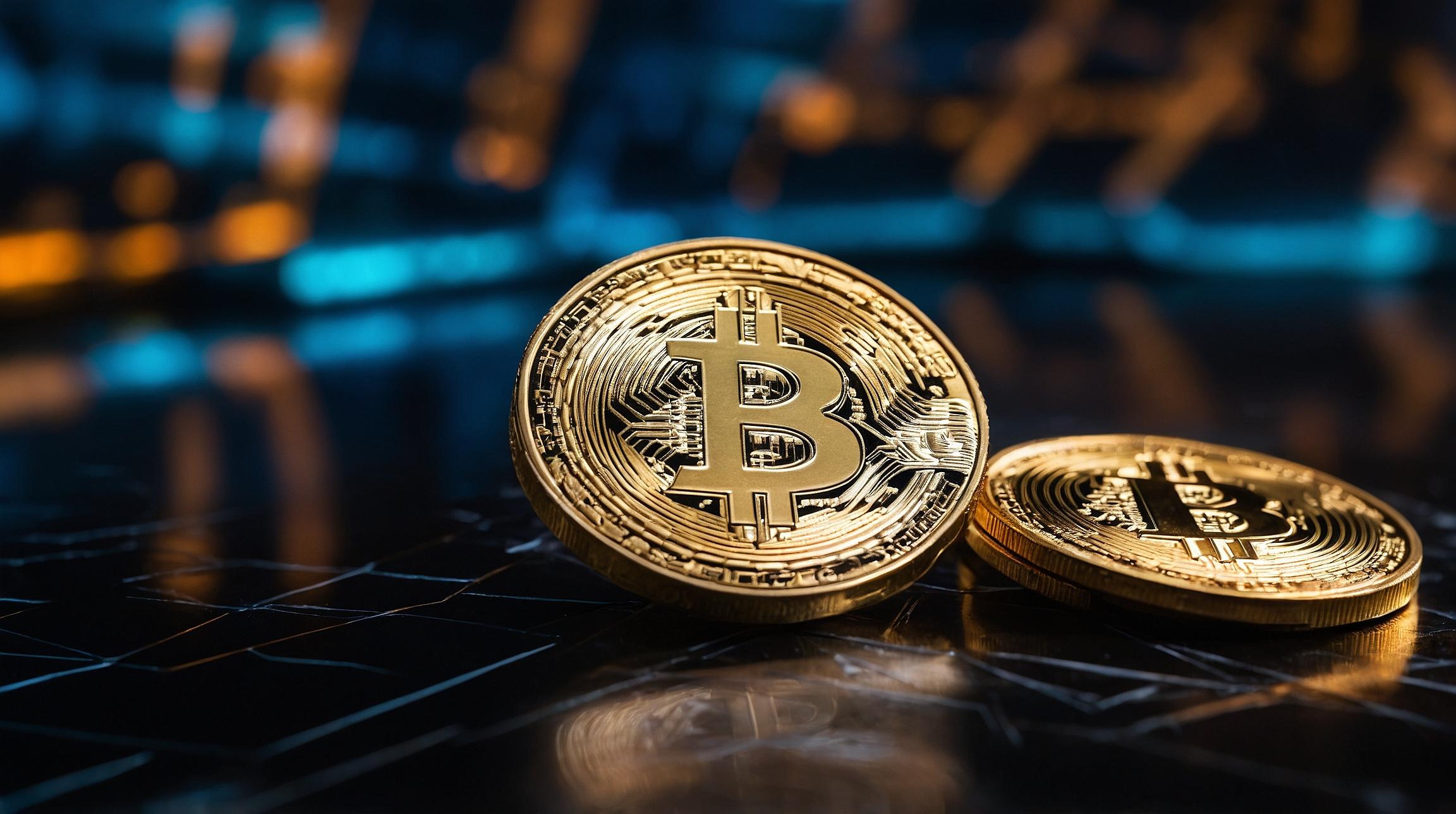Ethereum Gas Fees: A New Low
Ethereum gas fees have recently plummeted to a multi-year low of just 0.8 gwei, making transactions on the network more affordable and accessible. Gas fees are what users pay to process transactions on Ethereum, similar to a delivery fee for sending a package. These fees ensure the network remains secure and is not congested by spam transactions.
Understanding Gas Fees
Gas fees are measured in "gwei," a denomination of the cryptocurrency Ether (ETH). One Ether equals 1 billion gwei. These fees fluctuate based on network demand, meaning that when more people want to use Ethereum, fees increase, and vice versa. Users can choose to pay higher gas fees to have their transactions processed more quickly, just like paying for express shipping.
Impact of the Dencun Upgrade
The recent drop in gas fees can be attributed to the Dencun upgrade. This upgrade introduced features called "blobs," which help the network process transactions faster and cheaper. Think of these blobs as high-speed lanes on a highway, allowing more cars (transactions) to pass through efficiently.
Challenges to Ethereum's Deflationary Model
The decline in fees has put pressure on Ethereum's deflationary narrative. In simple terms, "deflationary" describes an asset that becomes scarcer over time, potentially increasing in value. Over the past week, only 7,729 ETH tokens were burned (destroyed), while 18,064 tokens were issued, meaning more new tokens were created than were removed from circulation.
Inflationary Pressures and Future Predictions
In the second quarter, the Ethereum blockchain experienced its highest level of inflation, meaning more tokens were issued than burned. This trend may continue, as analysts from Fidelity predict more inflationary quarters ahead. Martin Köppelmann, co-founder of Gnosis, suggests that the current gas fee of 0.8 gwei is too low to offset the rewards given to those who stake (invest) their ETH to support the network. He proposes increasing the gas limit to boost activity on Ethereum's Layer 1.
Conclusion
While lower gas fees are a boon for users making transactions on Ethereum, they pose challenges for its economic model. Balancing accessibility with the network's deflationary goals will require strategic adjustments from developers and stakeholders alike.













